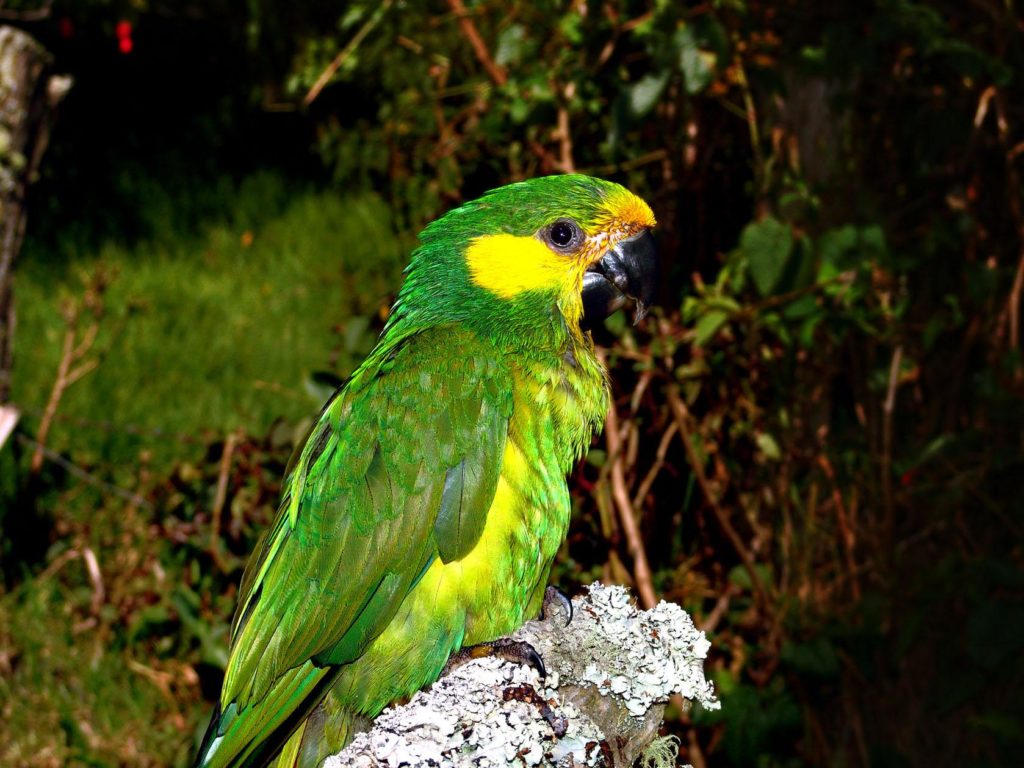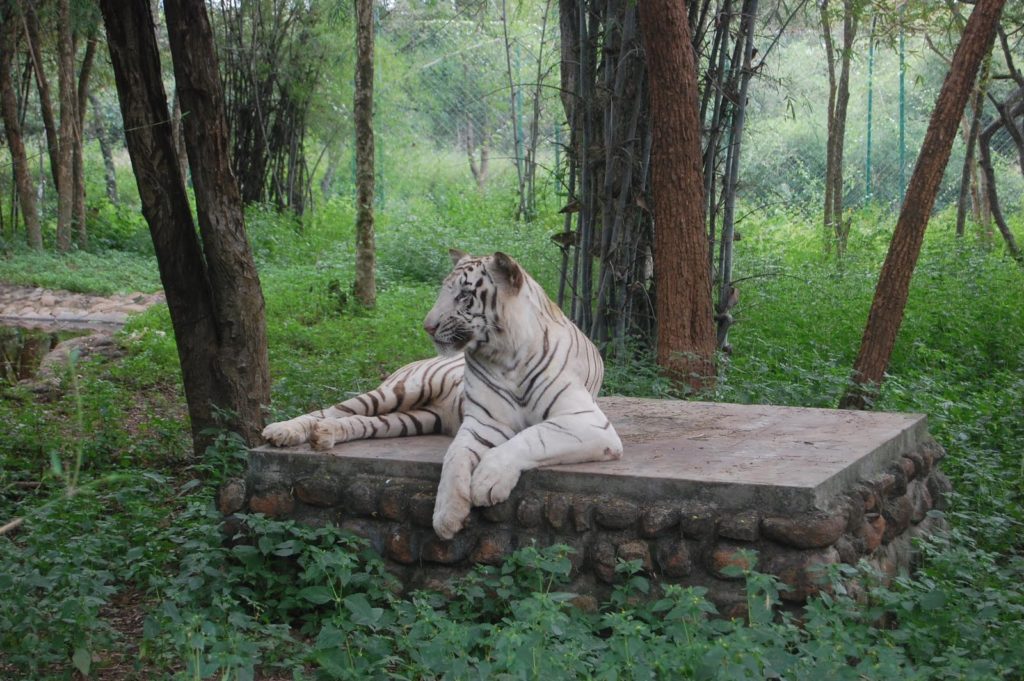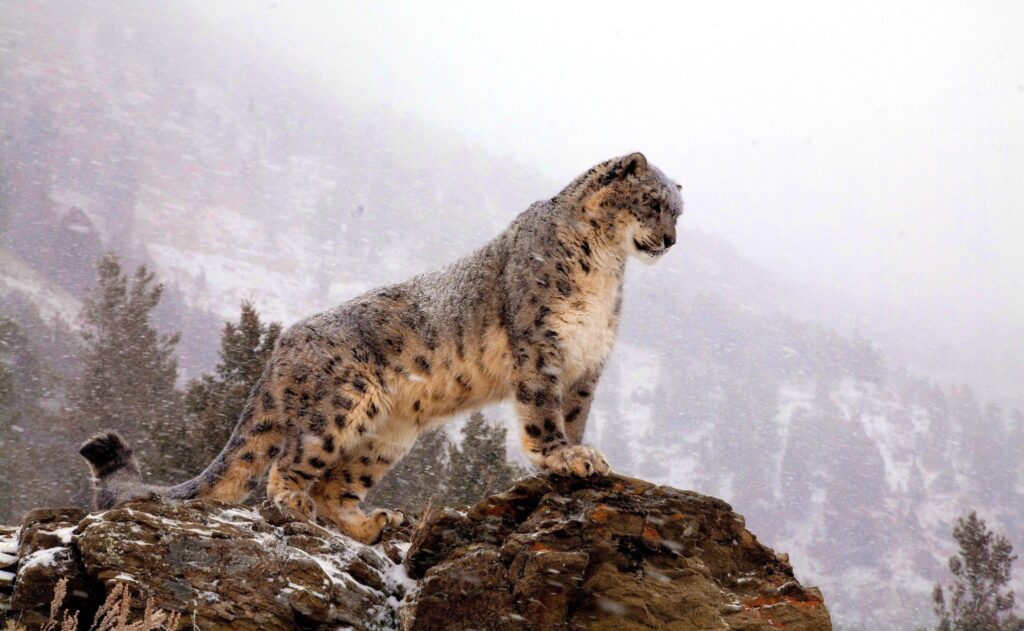The gorgeous yellow-eared parrot of the Colombian Andes had been reduced to just 81 birds by 1999. Nesting only in slow-growing wax palms high in the cloud forest made the species highly vulnerable to logging and the spread of agriculture, while the local Catholic community used the trees’ fronds on Palm Sunday in processions and church decorations. Things looked bleak. But then conservationists began collaborating with priests. A combination of education and religious insight brought about a change in religious practice and a greater involvement in the local community.

There are now more than 1,000 yellow-eared parrots and the number is rising each year. It is one of the greatest success stories in parrot conservation. Thousands of kilometres away another bird is also benefiting from religious involvement. In Jerusalem in early March, rabbis hold welcoming ceremonies for Eurasian swifts returning from tropical Africa to nest in the crevices of the Western Wall (also known as the Wailing Wall). Working alongside the International Center for the Study of Bird Migration, they make sure that the maintenance of the ancient wall takes the swifts into account.
SACRED SAFEGUARDS – This meeting of religion and conservation is having great success around the world – and that’s true of all faiths. For example, in the Middle East Bird Life International and local Muslim communities are drawing upon the Islamic concept of hima, or a sacred area, to safeguard a variety of sites that are rich in biodiversity but lie outside formally protected lands. Bannerghatta National Park in southern India is threatened by the rapid expansion of the mighty metropolis of Bangalore; people are settling in the buffer zone designed to keep people and wildlife apart, and Asian elephants often damage crops. So the Christian conservation organisation A Rocha has set up a grass-roots project in Bannerghatta to explore ways in which the elephants and farmers can co-exist.
By evoking meaningful concepts that reach deep into faith traditions, conservationists have been able to galvanise people in very different ways. In Tibet, for instance, Buddhist monks work with the Snow Leopard Trust to monitor and protect this Endangered high-altitude cat. The snow leopard has long been persecuted by local pastoralists because of livestock predation, but the monks encourage farmers to see the cats as sacred and deserving of the Buddhist precept of compassion.

These, and many other examples, highlight the importance of seeing species and their habitats not only as the focus of conservation programmes but also as key components of the spiritual lives of billions of people. In the generally more secular, scientific West this can be an uncomfortable marriage; for example in Western Europe faith is considered a personal matter, so is rarely brought into the public arena. That is not true, however, for most of the rest of the world – and this contrast is growing ever more marked.
FAITH IN THE FUTURE – Last year the Pew Research Center predicted that by 2050 just 13 per cent of the global population – mainly people in Europe -will describe themselves as unaffiliated to a religion or atheist, compared with 16 per cent in 2010. The report states: “With the exception of Buddhists [who have a low birth rate and ageing population], all of the world’s major religious groups are poised for at least some growth in absolute numbers in the coming decades.” It’s an increasingly religious world, and religion is known to be a strong driver of attitudes towards nature. Given this inescapable fact, if s instructive to look at the distribution of faiths around the globe. Christianity is widespread, with strongholds in South America, the Philippines, sub-Saharan Africa and North America – some of the planet’s most biodiverse areas. The Amazon rainforest, for example, sits entirely within strongly Catholic countries, while the population of the Philippines is almost exclusively Catholic.

Christianity dominates the rainforests of the Congo, too. The Muslim world is less widespread, yet the vast majority of the wildlife-rich rainforests of South-East Asia are in Muslim countries. Because overall numbers of Muslims are predicted to increase by 73 per cent over the next 30 years, Islamic beliefs about nature will become more prevalent over a greater area. So it is undeniable that religion is going to play an increasingly significant part in humanity’s attitude to the natural world. And as the yellow-eared parrot, Eurasian swift, Asian elephant and snow leopard show, this has the potential to bring enormous benefits.
HEARTS AND MINDS – Conservation is not just about presenting the science and a plan frill of neat bullet points: it needs to win the hearts and minds of communities. By understanding what is central to people’s lives and appealing to the stories they tell and the narratives that have most meaning, saving species and landscapes can become part of daily life. Take Misali Island, off the coast of Tanzania. It’s an area exceptionally rich in corals that was officially protected by the Tanzanian government in 1998 -but the locals, who are Muslim, simply continued to overfish and dynamite the reef. In the end, the solution was contained in a religious story that built on older, indigenous beliefs that the island and surrounding sea were home to ancestral spirits.
Misali gets its name from the Swahili word msala, which means ‘prayer mat’. Tradition has it that the Muslim prophet Hadhara appeared to the island’s fishermen and asked for a mat to pray on. When none could be found he declared that the island, which faces toward Mecca, would serve as his mat – and thus become holy. By revisiting these important stories, CARE International, an NGO, and Misalfs fishermen worked together to bring an end to the dynamiting of reefs. Indigenous beliefs can be indispensable to conservation. Sacred habitats – from forest groves to rivers, mountains, lakes, springs and caves – are found all over the world. These holy places, specific to local traditions, provide a network of habitats and their species that join up around the globe.

Faiths interpret the world through story, poetry and art, requiring an imaginative approach to the Earth that works at the level of the heart. Humanity has communicated great truths in this way long before science. Faiths also use ideas that tend to be missing from purely scientific approaches, such as joy, kindness, self-sacrifice, simplicity, hope, obedience, awe and wonder – all of which are universally felt and understood. Religions bind their faithful across racial and political divides, and often their unelected leaders are released from short-termism to focus on long-term goals. And, crucially, hope is built into the system.
Despite initial wariness on both sides, religious groups and conservationists are showing more and more convergence. Some conservation projects may be small and local in focus, but others are pan-national with hugely ambitious aims. Though many will find the combination of religion and conservation difficult to accept, only co-operation and mutual respect between all communities can reverse the terrifying prospect of mass extinction and widespread environmental destruction, which at the moment look ever more likely. Faith in nature has the potential to change the face of the Earth.














